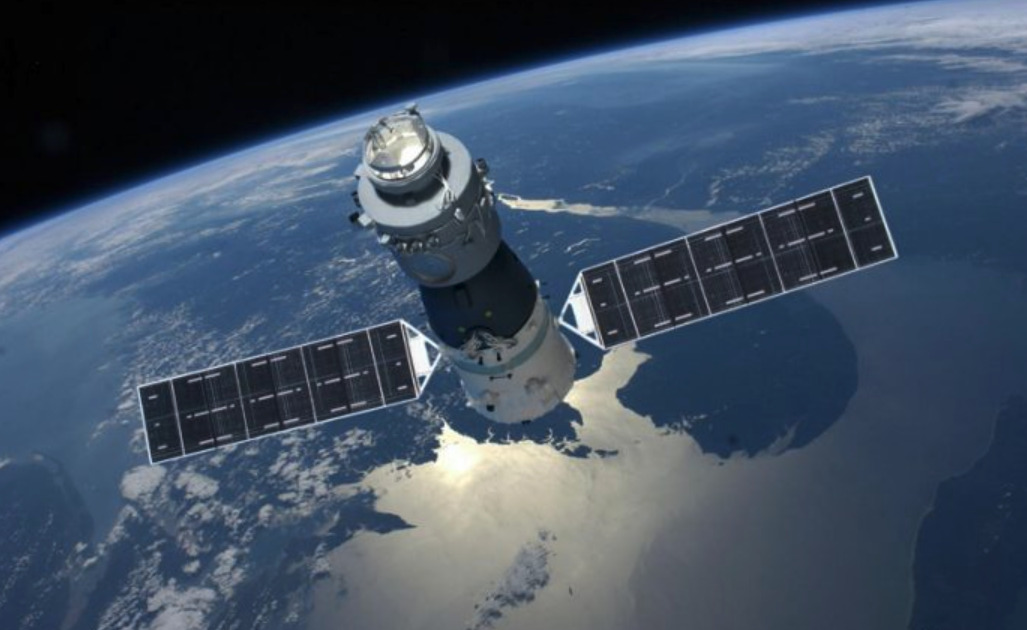China's Tiangong-1 Space Station Could Come Crashing Down To Earth Before The End Of March
It's now been several months since China admitted that it had completely lost control of its Tiangong-1 space station, explaining that without the ability to adjust its position in orbit the huge manmade object will eventually come falling back down to Earth. In late 2017 the Chinese government offered a very rough forecast of when the satellite could collide with our planet, and now it's looking more and more like March might be the month when it happens.
According to the latest information from the European Space Agency, which is tracking the object's movement, the space station is now expected to come tumbling down somewhere between March 24th and April 19th. Scientists believe that it will reenter Earth's atmosphere between 43 degrees north and 43 degrees south latitudes. That's a pretty imprecise estimate, but the ESA says it's more likely that the object will land somewhere in the northern latitudes, meaning the northern US, parts of Spain, Portugal, Greece, China, much of the Middle East, and a handful of other countries.
The space station, whose name means "Heavenly Palace," will be subjected to the full brunt of friction from Earth's atmosphere and, thankfully, will be incinerated almost completely before any remaining debris finally lands on the surface. However, it's still possible that the spacecraft could cause some problems if it lands on hard ground, especially in a populated area.
Some of the material on board the space station is indeed toxic, including chemicals used in rocket fuel, and China has noted that if that material finds its way to the ground it could be hazardous to anyone who stumbles upon it.
That being said, the odds of any debris actually landing near you or, even worse, striking you is incredibly small. Space debris experts put the chances of being struck by space debris at around a million times less likely than winning the lottery. That's somewhat reassuring, but it's still problematic that a developed nation managed to completely lose control over an eight-ton space station.
In any case, the ESA and other space agencies will be keeping a close eye on the space station and will hopefully be able to forecast its fall from the sky with greater accuracy as the day draws near.
